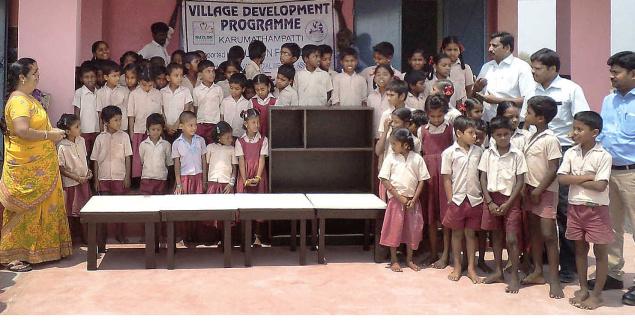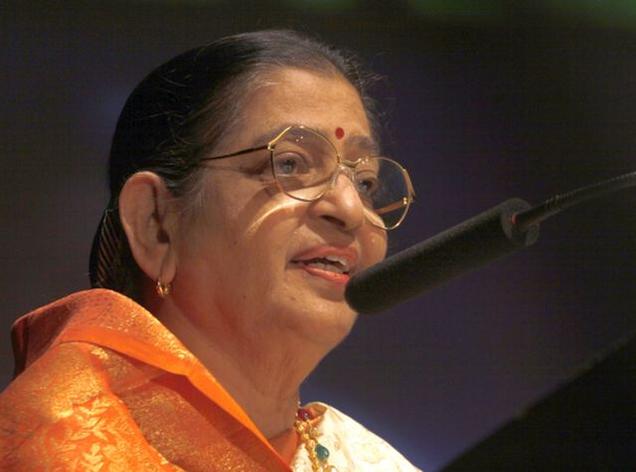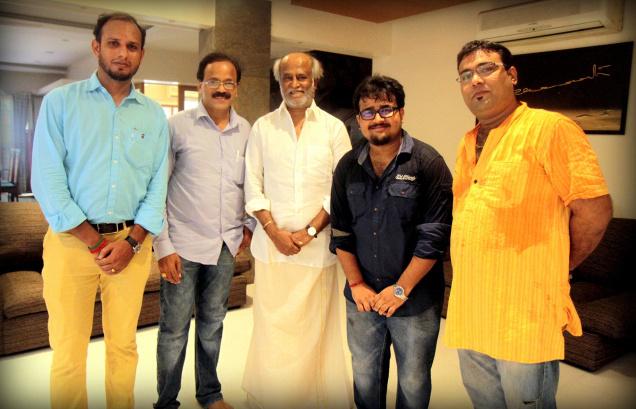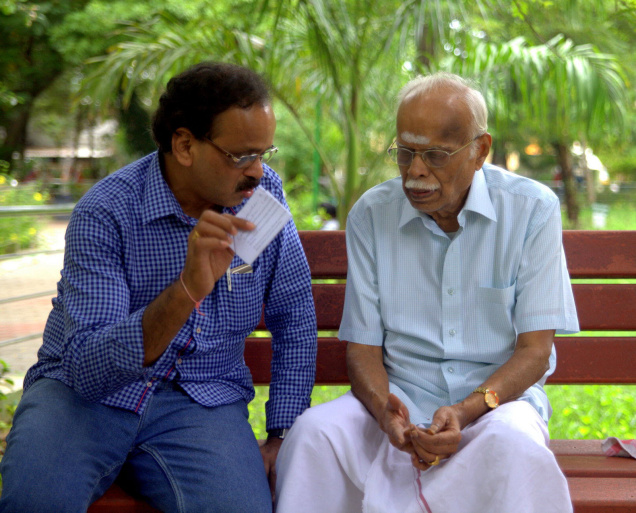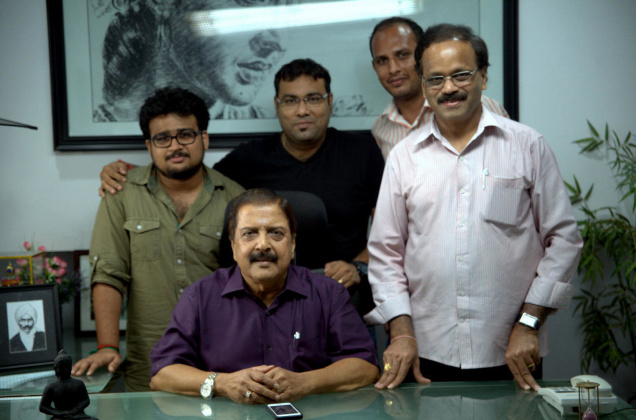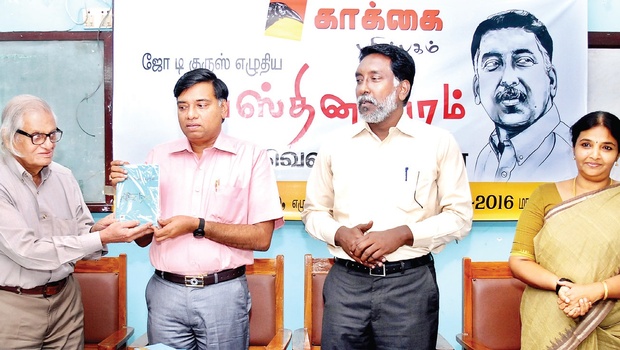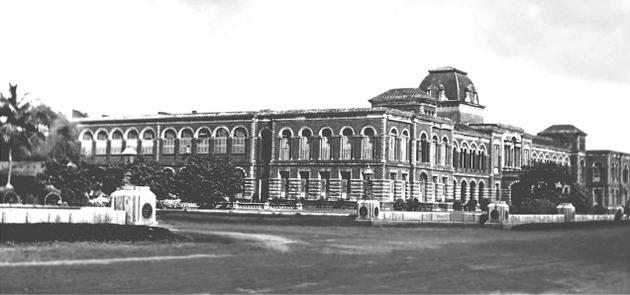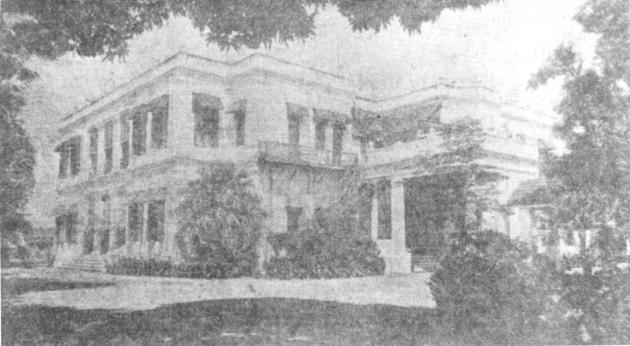27-year-old Srinidhi Venkatesh has her hands full with multiple projects

Srinidhi Venkatesh vividly remembers her first job interview. She had interned as a sound engineer at A.R. Rahman’s studio for eight weeks, and when it was time to leave, she felt like she wanted to stay on for a while.
So, she wrote to the Oscar winner and sought a job opportunity. In a couple of days, she was called in for an “interview” — the first one she’d ever faced. She was prepared, having brushed up on the concepts and latest trends in sound engineering that she might possibly be questioned on.
There was none of that. “It lasted for less than thirty seconds,” she laughs, “Rahman sir was like, ‘Hey, so you want to work here?’ I meekly nodded, and he said, ‘Ok, go ahead and take up that session.’”
There was none of that. “It lasted for less than thirty seconds,” she laughs, “Rahman sir was like, ‘Hey, so you want to work here?’ I meekly nodded,
And that was it. She was immediately handed over a session for Raavan that required her to tap into her experience as an intern and childhood passion for sound.

As a sound engineer, Srinidhi’s job profile includes organising a session, getting the right microphones in place and getting singers and directors to liaison to make the song sound better. And when she’s a music supervisor, she primarily acts as a middleman between the composer and the director.
It’s a job in which she gets to witness the birth of a song, which might be a super hit a year or so later, from scratch to finish.
“I like the old-school method of recording, where a singer does an entire take,” she says. Once that happens, she has to edit the takes and prepare two mixes — a shoot mix and a final mix — and then proceed to mastering.
Srinidhi describes ‘Chali Kahaani’ from Tamasha as one of her toughest songs so far. “There are so many layers in it and an interesting mix of singers — there’s Sukhwinder Singh, Haripriya and Haricharan… all in one song,” she says.
Born in Indonesia, where she lived for eight years, Srinidhi’s early association with music involved listening to a generous dose of Michael Jackson songs. When the tunes of Thalapathi and Roja came out and life brought her to Chennai, music got into her life in a bigger way.
Being close friends with popular late sound engineer H. Sridhar’s children, Varun and Vinay, raised her curiosity about the profession. “Whenever I went to their house, I used to peer at the equipment and wanted to know more,” she recalls.
Her quest to know more about the trade, slowly overtook many other career desires — veterinarian and chef — to become a passion. Once she actually enrolled into a course, it was obvious to her family members and friends that she had made, well, a sound choice.
One of the primary challenges as a female sound engineer was the timing — most music composers preferred working at night. “My working day usually begins in the afternoon when I get to the studios to work on songs. We pack up at sunrise, get home to sleep and have brunch… and then it goes on,” she narrates.
Apart from working with composers, Srinidhi has also dabbled in singing — she made a music video called ‘Lonely Sound’ that she sang and wrote. She’s also the female singer in Anirudh’s latest single ‘Avalukkenna’. Is she fancying a future as a singer? “Not at all,” she quickly responds, “While I plan to sing for my independent stuff, I’d rather listen to the far more qualified film singers out there.”
One of them — Arijit Singh — is her favourite, due to her interactions with him as a sound engineer. “He doesn’t give us what we want… he already knows what we want! Due to his varied experiences in the industry, he understands every angle that there is to a song. He gives his truest, and prefers doing five full takes, without any cuts, and giving us options to choose from.”
Being a sound engineer is far from a glamorous job, she says. “That’s why it appealed to me,” chuckles Srinidhi, who is currently readying the tunes and mix of 24, Mohenjo Daro and Achcham Yenbadhu Madamaiyada.
What does a sound engineer do?
* Coordinate with the lyricist to check if the words fit the meter of the finalised tune.
* Organise a session with the singers.
* Arrange the right microphone; different voices need different ones.
* Act as a bridge between the singer and the film’s director and ensure that the recording takes place smoothly.
* Once recorded, go through all the takes and select the best ones to fit in the song.
source: http://www.thehindu.com / The Hindu / Home> Features> MetroPlus / by Srinivasa Ramanujam / Chennai – March 25th, 2016
